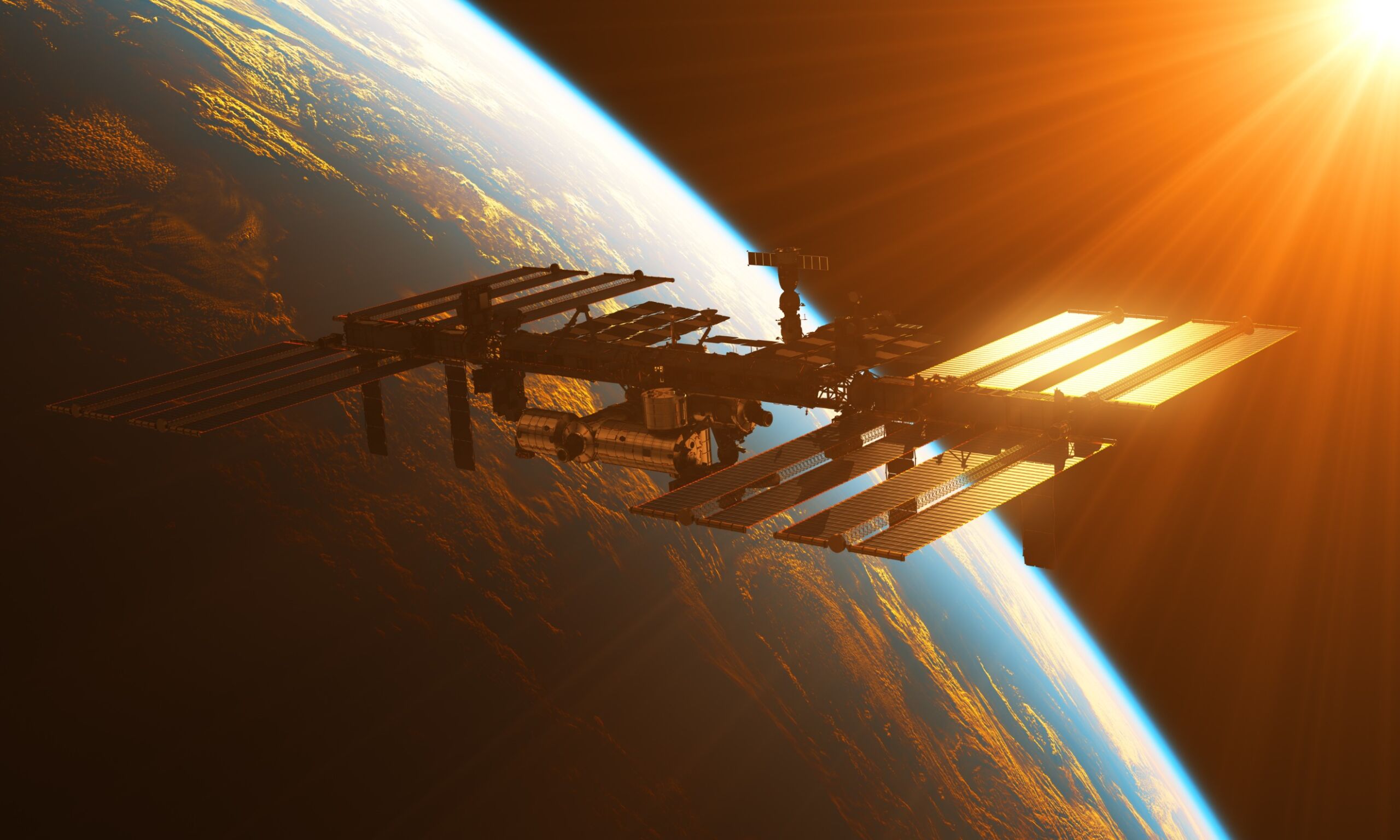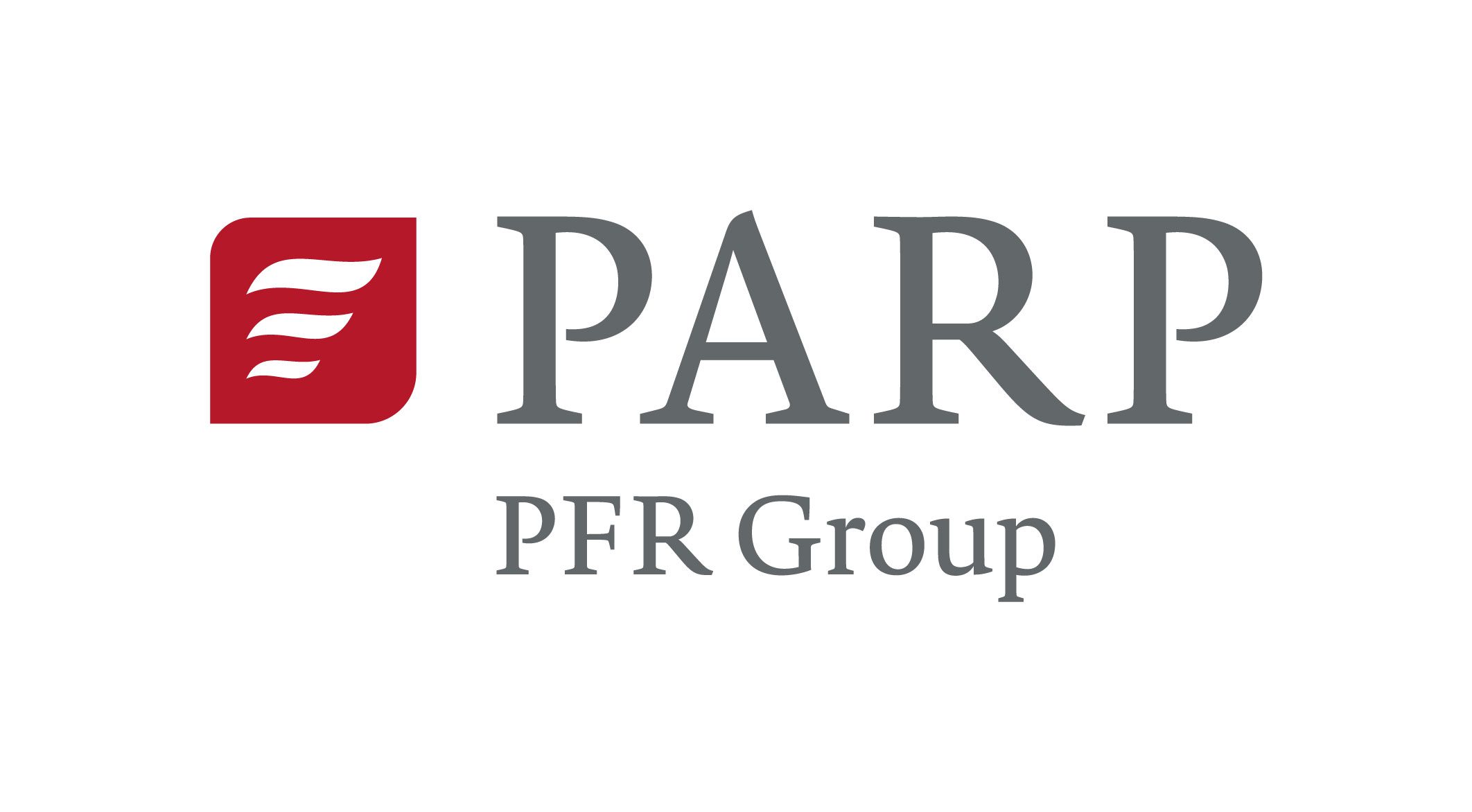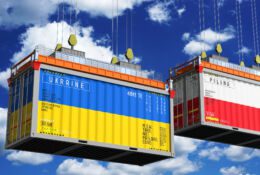The development of the Polish space sector
04.09.2024
In recent years the Polish space sector has been experiencing dynamic development, although we still have a lot of catching up to do compared to more advanced countries. One of the most important events that drew the attention of the international public was the launching into orbit of the largest Polish satellite, EagleEye. The mission, supported by SpaceX, is proof of Poland’s growing technological capabilities in the field of observing the Earth.

Increased involvement in the European Space Agency (ESA)
According to the Polish Economic Institute, Poland is systematically increasing its participation in the projects of the European Space Agency (ESA). Since 2015, as many as 199 Polish companies and research institutions have won 595 contracts with ESA, with a total value of EUR 270 million.
In August 2023, the Ministry of Development and Technology decided to increase Poland’s contribution to ESA by allocating an additional EUR 360 million for the years 2023-2025. Of particular importance is the increase of the so-called optional contribution to EUR 200 million, which places Poland in eighth place among the countries with the highest contribution to ESA’s optional programmes. This increases the possibility of participation of Polish entities in more advanced and innovative projects, which translates into real benefits for the domestic space sector.
Investing in the future: the EagleEye and Camila projects
The EagleEye project is an example of successful cooperation between Polish companies and scientific institutions, showing that Poland is able to carry out complex space missions. The satellite is to provide high-resolution images of the Earth, which will be used for research purposes. This is the first such large project implemented by a Polish consortium and is an important step forward in the development of Polish space technologies.
At the same time, the Camila program is being implemented, which includes the construction of Polish observation satellites as part of a bilateral program with ESA. This programme, worth EUR 85 million, not only develops Polish capabilities in the field of satellite construction, but also strengthens international cooperation and technology transfer.
Directions of development and challenges
Although the Polish space sector is making significant progress, it is still at an early stage of development. Poland acts as a supplier of technology and components, while the most advanced countries are integrators of space missions. In the future, in order for the Polish sector to reach more advanced stages, further investments, both public and private, are necessary to enable research and the provision of technologies and components for the production of satellite subsystems.
Future prospects of Polish space sector
Poland, despite relatively low expenditure on the space sector compared to other countries, shows that it is able to dynamically develop its technological and scientific capabilities. Increased investments and involvement in international projects, such as those implemented with ESA, create real opportunities for further development of the space sector in Poland. The future of the Polish space sector depends on the continuation of this trend and on further increasing investments and developing international cooperation.
Sources:
- The Polish Economic Institute – Tygodnik Gospodarczy, 35/2024
- The European Space Agency
- Everything
- News (257)
- Events (159)
- Get Support (82)
-

EXACTUS Sp. z o.o. Biuro Rachunkowe
Business servicesShow allShow more Show lessExactus is one of the largest accounting offices in the Wielkopolska region (western Poland). For over 24 years we have been providing high quality accounting, tax, payroll, HR and consulting services. We provide reliable accounting, partnership cooperation and stable service. Our experience and knowledge will certainly allow us to support your business in Poland in the ever-changing legal and tax environment. We cooperate with many entrepreneurs who represent a variety of industries.

ACCREO SPÓŁKA Z OGRANICZONĄ ODPOWIEDZIALNOŚCIĄ
Business servicesShow allShow more Show lessAccreo is a modern consulting company that offers services to businesses and individual clients for tax and legal consulting, business restructuring and European consulting. The Accreo brand stands for the consistently high quality of services provided, tax and legal security of the proposed solutions, and its unique added value, which is extremely important for a company’s stability and efficient management in ever-changing business realities.

TADEX BRACIA PIŁAT SPÓŁKA KOMANDYTOWA
Medical equipmentMachinery and parts thereofIndustrial machinery and mechanical appliances and parts thereofMeasuring instruments and apparatus and parts thereofAgricultural machinery and parts thereofElectromechanical appliances and parts thereofVehiclesAutomotive industryCombustion engines, motors and parts thereofLocomotives, rolling stock, special vehicles and parts thereofElectric engines and batteriesAerospace industryVehicle parts (excluding engines)Show allShow more Show lessTADEX BRACIA PIŁAT is a trusted European manufacturer of high-precision CNC turned components. With decades of experience and a modern machine park, we deliver custom-made parts based on client drawings and technical specifications. Our main products include bushings, pins, piston rods, connectors and many others. We supply components to key industries such as automotive, HVAC, medical and rehabilitation equipment, hydraulic power systems and gas installations for both vehicles and buildings.

EGIN CONSULTING MARCIN LEWICKI
Business servicesRenovation and construction materialsYachtsPolymers, resins and articles thereofOther goodsShow allShow more Show lessCurrently we are actively and successfully implementing our own products and innovative technologies. One of these has been shaped into the brand – ArtisHeat® – where technology has been already patented. We are also working on other ideas and patents, which will be commercialized on the market soon. See more details on: www.artisheat.pl/en
-
 Article
ArticleTrade between the European Union and Poland with China in 2023-2024
The European Union and China are among the world’s most important trading partners
 Article
ArticleThe Polish economy and critical dependencies on imports
In 2023 Poland imported 321 categories of goods that can be considered crucial for the economy
-
 Event
EventKIELCE IFRE-EXPO 2025
The 5th International Trade Fair of Fire Brigade and Rescue Services Equipment will be held between …
 Event
EventElectronics Show 2025
The Electronics Show is the largest event for the household appliances, electronics and smart home s…
-
 Institution
InstitutionPolish Investment and Trade Agency (PAIH)
The Polish Investment and Trade Agency (PAIH) is the partner of first-resort for entrepreneurs when …
 Institution
InstitutionPolish Agency for Enterprise Development (PARP)
Polish Agency for Enterprise Development (PARP) mission is an implementation of economical developme…
The Export Promotion Portal uses cookies to make it easier for users to use the website and for statistical purposes. If you do not block these files, you agree to their use and saving in the memory of your computer or other device. Remember that you can change your browser settings to block the storage of cookies. More information can be found in Privacy Policy and Terms and conditions.





